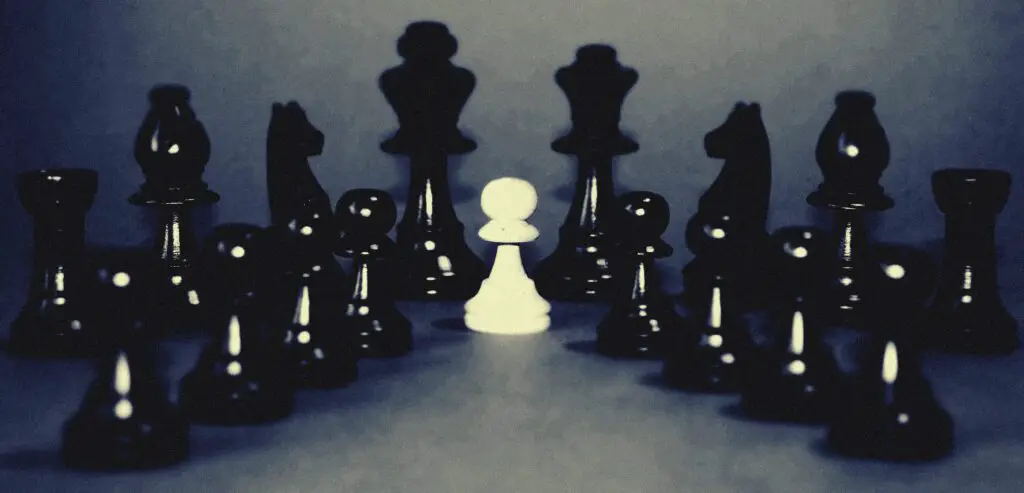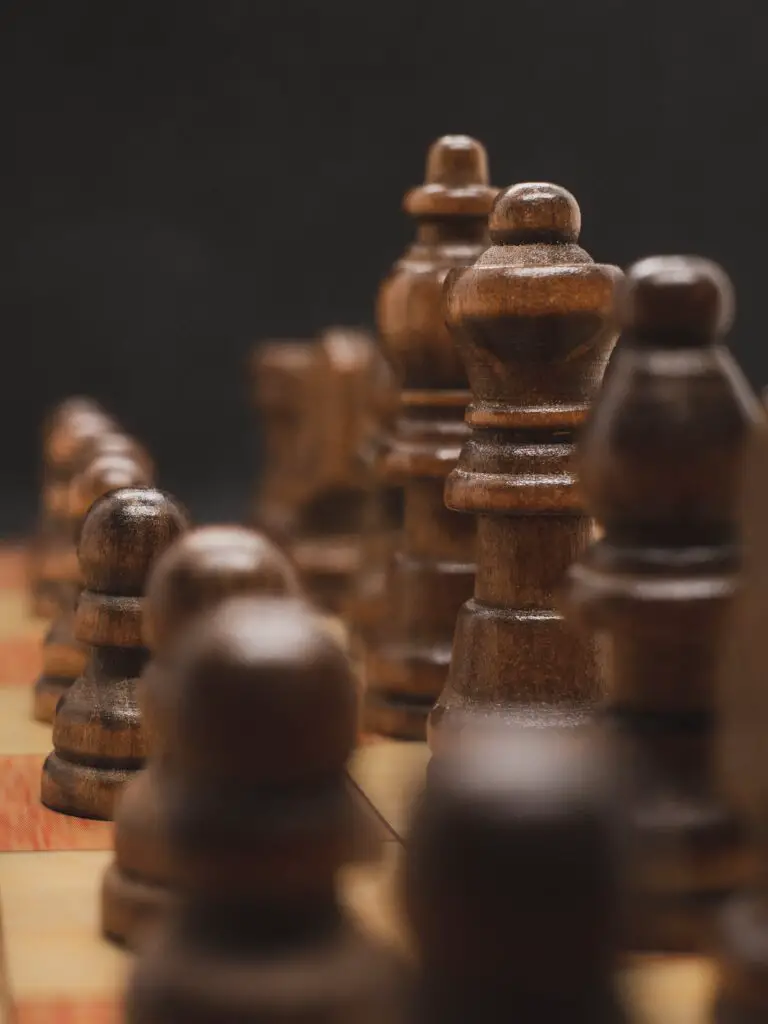Is Black at a Disadvantage in Chess?
Contents
Chess, the timeless game of strategy and intellect, has held a captivating grip on people worldwide for centuries. With its iconic black and white chessboard, it raises a provocative question – does Black face a disadvantage? In this exploration, we’ll unravel the historical origins, delve into game mechanics, dissect the psychological aspects, survey contemporary perspectives, and assess the influence of societal norms on this fascinating debate.

Historical Perspective
The origins of chess can be traced back to ancient India, evolving through time and across cultures. Initially, the chessboard had no color distinction, but as it transformed into a checkerboard pattern, it gave rise to the notion that White had an edge. This association of White with purity and virtue, while not grounded in actual gameplay, did lay the seeds of the perception of White’s advantage.
Game Mechanics
The chessboard, with its 64 squares, stands as a captivating battleground where 16 pawns and pieces line up on each side. At the outset, White takes the coveted first move, which many argue to be a significant advantage. This “tempo” sets the tone for the game and can indeed influence the outcome. Yet, does this initial move alone define the overall advantage?
As the game progresses, it’s not just the color but the strategic choices of players that determine the balance. How pieces are moved and developed on the board is not dictated by color but by player skill and tactics. Players can, at any time, opt to play for a draw, thereby mitigating any perceived color-based advantage.

Statistical Analysis
To answer the age-old question, we turn to data. A thorough analysis of historical chess games reveals intriguing insights. While White may have a slightly higher win percentage, it is not a decisive factor. Player skill and preparation carry more weight than the color of the pieces. Notable exceptions to the trend, with Black achieving remarkable victories, emphasize the significance of strategy and execution over color.
For example, take the famous game between Garry Kasparov and Veselin Topalov in 1999. Kasparov, playing Black, achieved a brilliant victory. This historic match shattered the myth that Black is inherently disadvantaged.
Psychological and Perceptual Factors
The psychology of color associations influences chess players. The idea that White is superior can lead to self-doubt when playing Black. This psychological barrier is more prevalent than you might think. However, it’s crucial to understand that chess is a game of strategy and foresight, not color.
The burden of proof often falls on those arguing that Black is not disadvantaged. Breaking free from this psychological trap is crucial. Embracing the challenge of playing Black can lead to personal growth and victories. After all, it’s your moves, not the color you control, that decide the game’s outcome.

Contemporary Views
Today, the notion of White’s advantage is being reevaluated. Interviews with chess professionals, insights from instructors and coaches, and the advent of technology and computer analysis have shifted the perspective. Modern chess has transformed into a more objective and balanced playing field.
Efforts are underway to level the chessboard, ensuring that color ceases to be a determining factor. Chess is increasingly becoming a game where skill, strategy, and dedication prevail over age-old superstitions.
Educational and Organizational Initiatives
The chess community acknowledges the need for change. Outreach programs are promoting diversity in chess, aiming to make the game accessible to players from all walks of life. Inclusivity efforts within chess clubs and schools are eliminating stereotypes and biases, fostering an environment where everyone feels welcome.
Professional chess organizations are actively working towards a fair and diverse future for the game, where talent and passion shine brighter than the color of your pieces.
Cultural and Societal Influences
Chess has always mirrored society. It has been influenced by cultural and societal attitudes throughout history. From representing power dynamics to instances of racial bias, chess reflects society’s prejudices.
Yet, in today’s world, awareness is growing. The chess community is embracing inclusivity and equality, striving to ensure that anyone, regardless of the color of their pieces, can find their place at the chessboard.

Conclusion
So, is Black at a disadvantage in chess? The answer, like the game itself, is intricate and multifaceted. While history and psychology have played a role in creating the perception of Black’s disadvantage, the chess world is evolving towards a more inclusive and skill-based outlook.
In the end, remember that chess is not a game of color; it’s a game of strategy and skill. The color of your pieces should be the least of your worries. Whether you play as White or Black, it’s your moves, your tactics, and your love for the game that truly matter. So, next time you sit down for a game of chess, know that the advantage lies not in the color but in your mind and your heart. Embrace the challenge and let the pieces fall where they may.





